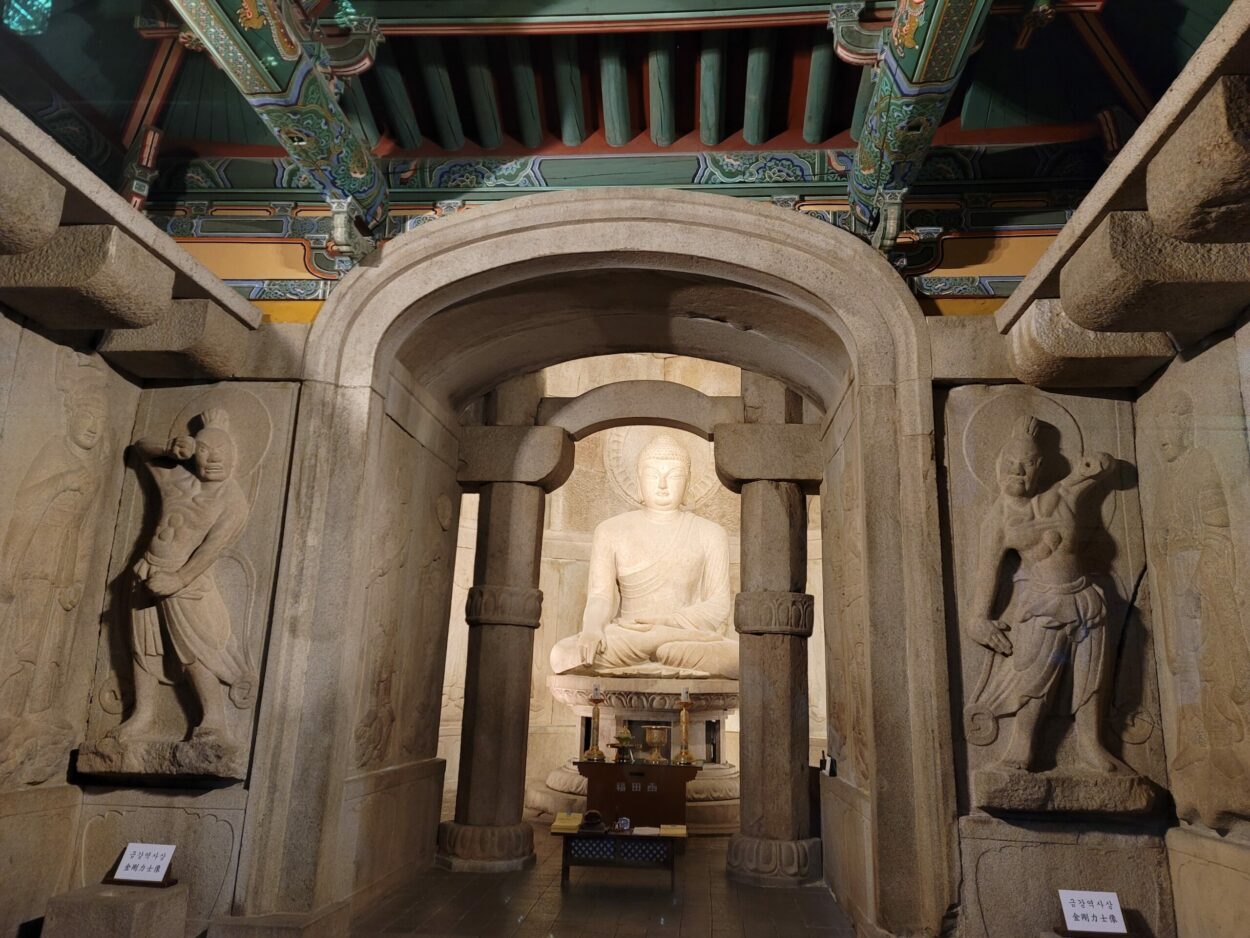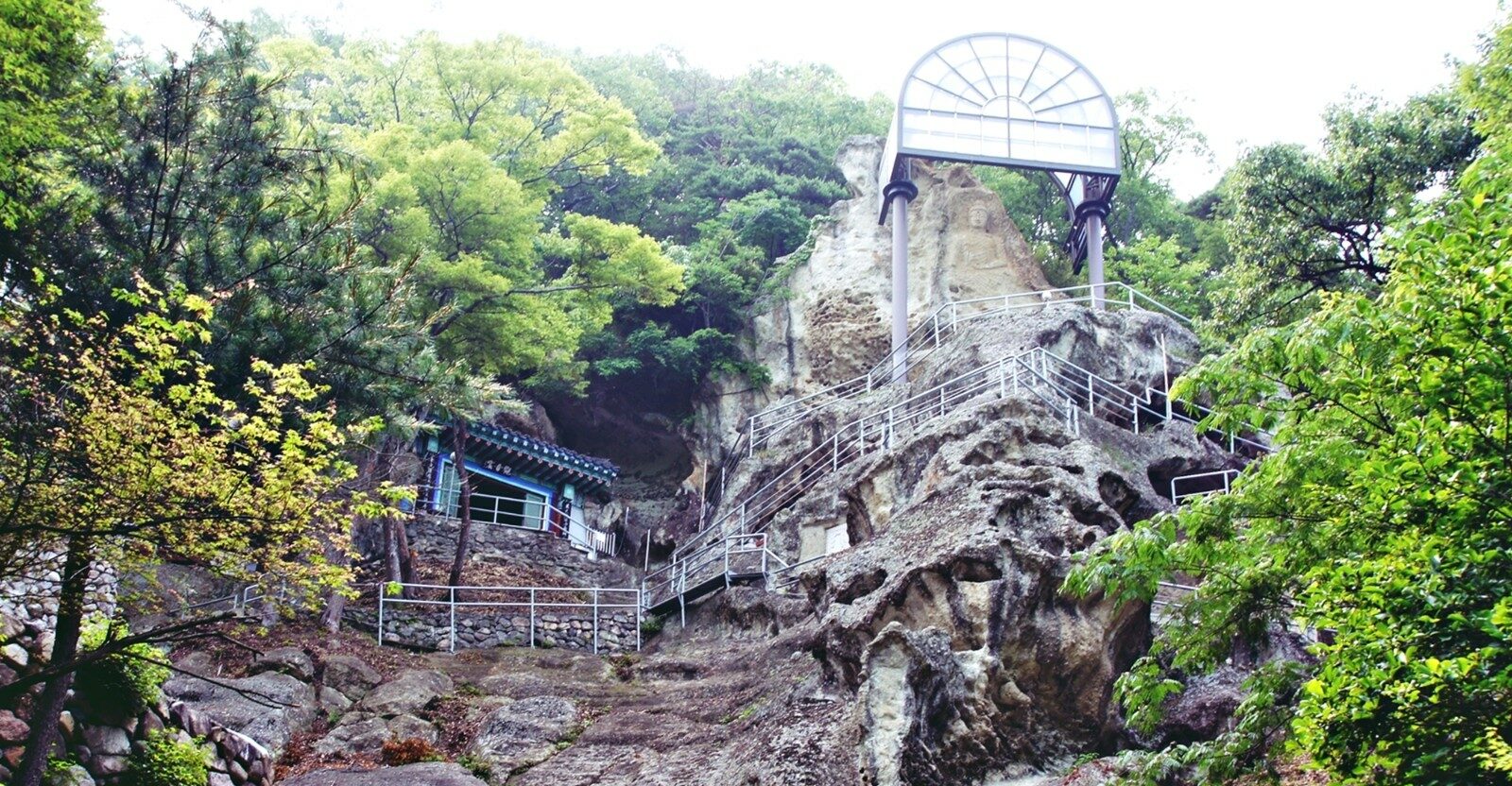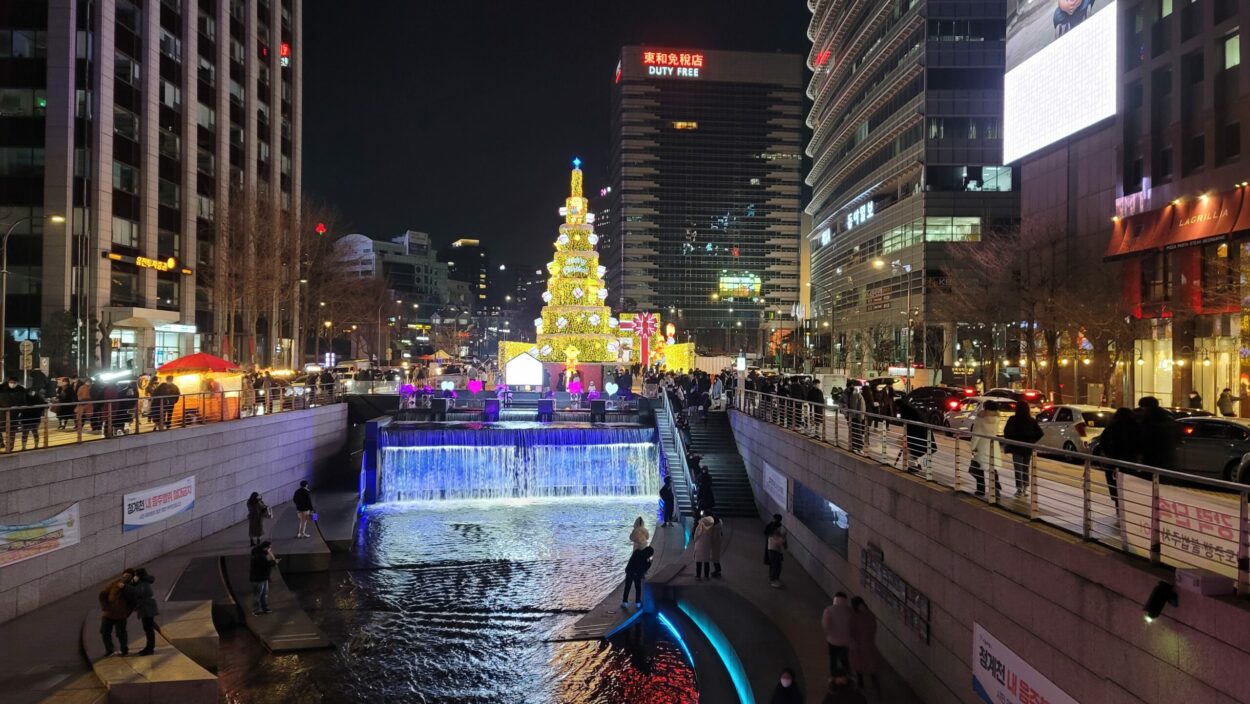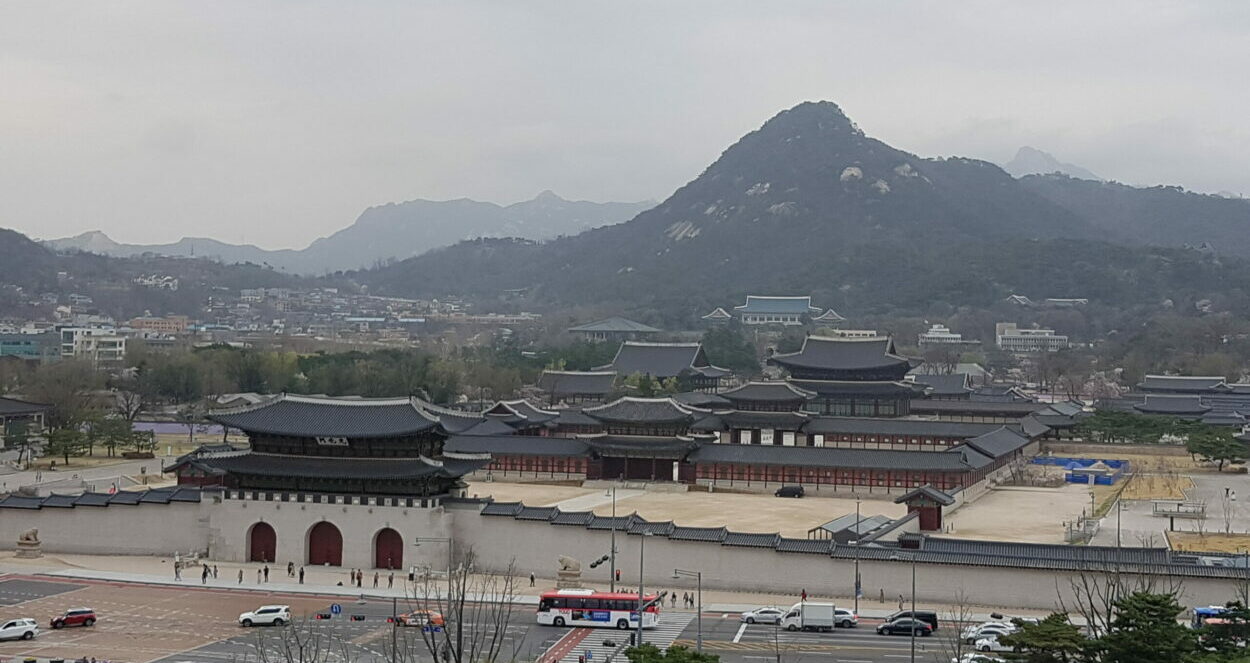Perched on the scenic slopes of Tohamsan Mountain, Seokguram Grotto is an extraordinary emblem of Korea’s vibrant cultural and architectural past. Seokguram Seokgul, a stone temple, boasts recognition as National Treasure No. 24 and a UNESCO World Heritage Site since 1995, shining as a Korean cultural and architectural icon.Its construction dates back to 751 AD, initiated by Prime Minister Kim Dae-Seong during the Silla Dynasty. The grotto exemplifies the remarkable craftsmanship of its time and continues to be an important pilgrimage site for both Buddhists and tourists. Seokguram Grotto: Korean Cultural and Architectural Icon demonstrates the cultural richness of this historical site.
A Masterpiece of Engineering and Artistry
Seokguram Grotto, an artificial granite sanctuary, showcases a central rotunda with an impressive Sakyamuni Buddha statue. This 3.5-meter-tall statue surrounds itself with 39 exquisitely carved bodhisattvas, disciples, and guardian deities, masterpieces of East Asian Buddhist art. The design of the grotto embodies the Silla people’s cosmic beliefs, with a rounded ceiling symbolizing heaven and a square-shaped antechamber representing earth. The Seokguram Grotto: Korean Cultural and Architectural Icon is a testament to these beliefs.
Seokguram’s visitors marvel at its exceptional artistry and enjoy stunning views of the surrounding landscape. Overlooking the East Sea, the grotto provides a tranquil backdrop that enhances the spiritual ambiance of this sacred site. Indeed, the Seokguram Grotto: Korean Cultural and Architectural Icon offers a unique blend of natural beauty and spiritual significance.

Complementary Attractions to Enrich Your Visit
While Seokguram Grotto is undoubtedly a highlight, several nearby attractions can further enrich your journey through this historic region:
- Bulguksa Temple: Located just 4 kilometers from Seokguram, Bulguksa Temple is another UNESCO World Heritage Site and a marvel of Buddhist architecture. Constructed around the same time as Seokguram, it boasts beautiful pagodas and intricate carvings that reflect the golden age of Silla Buddhism. Visitors can wander through its exquisite gardens and appreciate the seasonal changes in foliage.
- Cheomseongdae Observatory: This ancient astronomical observatory, one of the oldest surviving structures in East Asia, dates back to the 7th century. Situated in Gyeongju, it offers insights into Korea’s scientific advancements during the Silla Dynasty and serves as a picturesque spot for photography amidst lush greenery.
- Gyeongju National Museum: Located a short distance from both Seokguram and Bulguksa, this museum hosts an extensive collection of artifacts from the Silla Kingdom. It provides context to your visit by showcasing the history and culture that shaped this extraordinary region.
A visit to Seokguram Grotto: Korean Cultural and Architectural Icon offers more than just a historical exploration; it invites you to connect with Korea’s spiritual heritage and natural beauty. When planning your trip, consider extending your itinerary to include nearby attractions like Bulguksa Temple, Cheomseongdae Observatory, and Gyeongju National Museum for a comprehensive experience of this culturally rich area. Whether seeking spiritual enlightenment or simply wishing to admire ancient artistry, Seokguram promises an unforgettable journey into Korea’s past.




